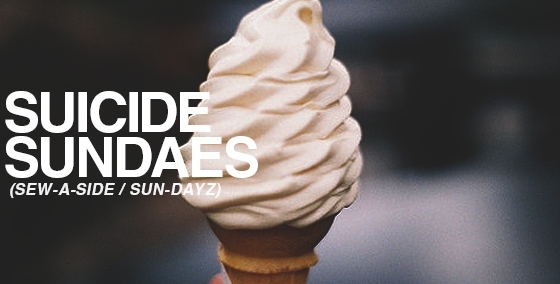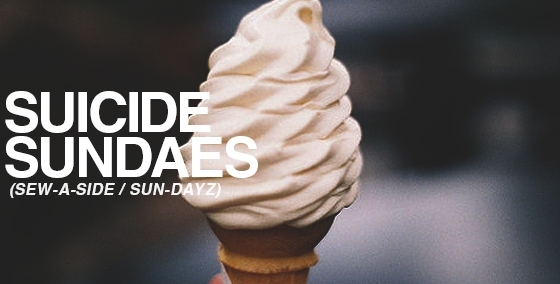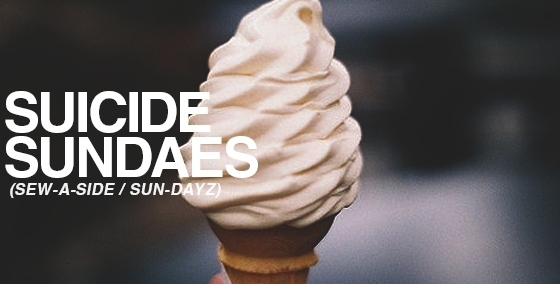Suicide Sundaes – Week 130

Suicide Sundaes – Stop your grinnin' and drop your linen, Sunday is back. Greg and Thom are here to bring you the week's dirty servings, and some old favorites through a throwdown-throwback to simpler times. A…
Share









